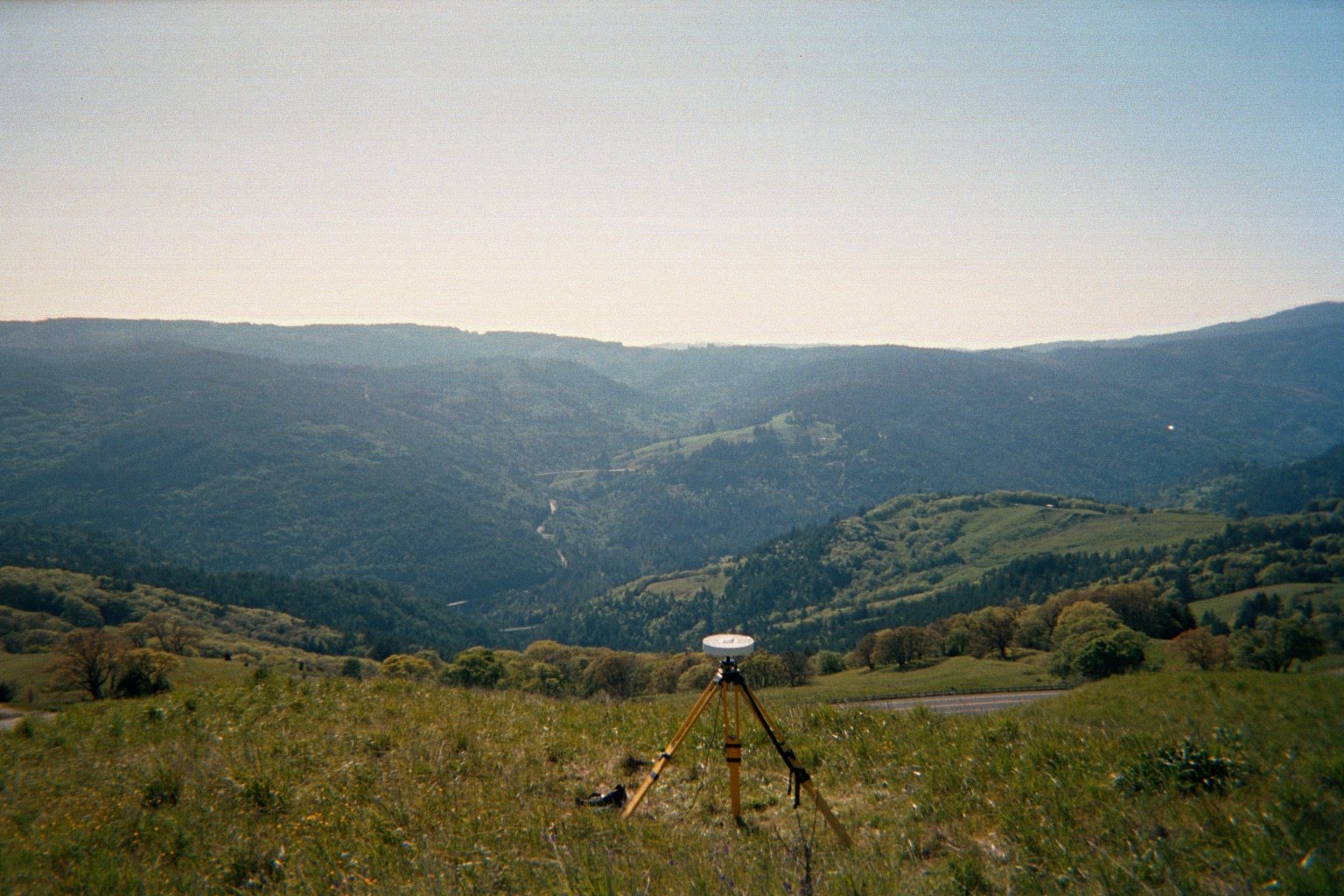Special Report 195 - Landslides in the Highway 299 Corridor Between Blue Lake and Willow Creek, Humboldt County, California

by J.N. Falls, C.J. Wills and B.C. Hardin, 2006, California Geological Survey, 59 pgs
Highway 299 is a major transportation corridor in northern coastal California and traverses a particularly rugged and landslide-prone area between Blue Lake and Willow Creek in Humboldt County. Within this corridor, landslides at Berry Summit have been an ongoing problem for decades. Movements in the 1990’s necessitated consideration of several large and complex mitigation options. In order to evaluate these options, and the relative hazards of the landslides compared with others in the area, CalTrans contracted with the California Geological Survey to map the geology and landslides of the corridor. This mapping will help CalTrans plan landslide mitigation along the existing roadway and evaluate potential means of avoiding the most severe hazards.
In this report, the results of the LiDAR survey have been used to prepare landslide maps in the same format as other highway corridor maps. This report also presents conclusions on the effectiveness of the LiDAR survey in improving the accuracy and completeness of the landslide mapping.
SR 195 Plate 1: Geologic Map of the Highway 299 Corridor, Humboldt County, California
 Plate 1, Sheet 1 of 2 (Western Portion) (22 MB)
Plate 1, Sheet 1 of 2 (Western Portion) (22 MB)
 Plate 1, Sheet 2 of 2 (Eastern Portion) (20 MB)
Plate 1, Sheet 2 of 2 (Eastern Portion) (20 MB)
SR 195 Plate 2: Landslide Map of the Highway 299 Corridor, Humboldt County, California
 Plate 2, Sheet 1 of 2 (Western Portion) (22 MB)
Plate 2, Sheet 1 of 2 (Western Portion) (22 MB)
 Plate 2, Sheet 2 of 2 (Eastern Portion) (21 MB)
Plate 2, Sheet 2 of 2 (Eastern Portion) (21 MB)
